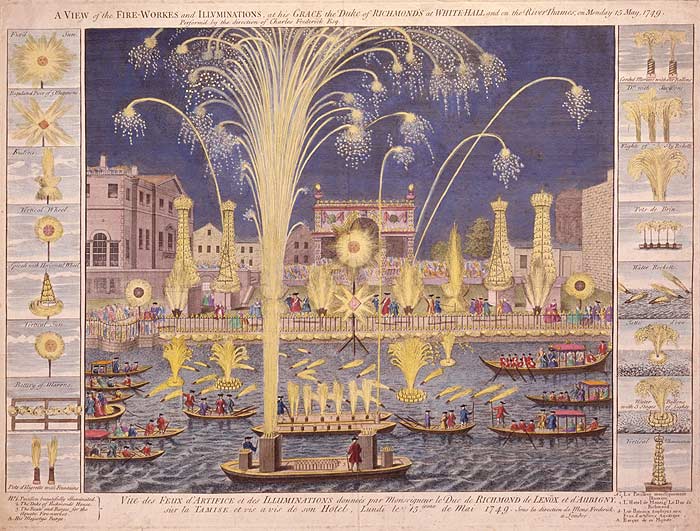What follows here is the history of the people of Sūr, a tribe of the central plains of Līs. Their history and that of their house of kings, the Monenhan, are threads woven in the great tapestry of the world, stretching back over thousands of years.
This being a history of the people of Sūr, names and particular expressions will be left and given in the form of their tongue, the Llalaruën, or more often (as this concerns much ancient times) that of their ancestors, the old language Sūrwōr. Occasionally, Sabluṅ names or short explanations of otherwise known or important names and particularities may be given in footnotes.
Sūrnenncarmoraith I:
In the early days of the world, the four great Ohamalē, giants of creation and forming, roamed the empty Līs. They were Illa, the colossus of light, Mwlei, colossus of the waters, Ullow, colossus of mountains and valleys, and Rraddoh, colossus of fire.1 Wherever they strode, the world formed, fountains sprang, light shone, life flowered. Being of both sexes, each colossus bore no new of their own but offspring different of their parent, so that the procession of life into the corners of the world continued.
Rraddoh, giant of the fire of life and parent to all human people of Līs, created a line of six beings. Third of his offspring was Calenheliddoeg, who strode into the central plains and there bore six children that were to become leaders of the six great clans of these plains. Their were to be known as the lady Aïu, lord Laun, the lady Mon, lord Brön, the lady Silaë and lord Korroch.2 When Calenheliddoeg, so it is said, created the lady Mon, he wove her out of moonlight's silver rays. Thus had he made great a woman, blessed with moon's wisdom and magic; who though was, while stronger still than all humans after her should ever be, weakest among the six clans' mighty leaders. And therefore she, with all those following her, soke the moonlight, rivers and the winds up north, to find serenity and flee the other leaders' harsh aggression.
Between lake Lley Allon, mount Nollpyrrh and the mighty stream Maeroch's bends, the tribe of Sūr found fertile lands of grassy plains and green hills. Far off the other tribes, life was good and easy, for a time. People multiplied, and soon after reached the Stormy Sea. Over time, the nomads of old began to settle down; at mount Nollpyrrh's feet, lake Lley Allon's head and at the stormy coast. The tribe of Sūr, nomads of the Central Plains, had begun to turn into families living under thatched roofs. Yet, their calm was not to last.
(part two)
1 Their respective Sabluṅ names are: Iñya, Mūlei, Unuwe, Nāmos.
2 Of Aïu, the clan of Al was formed, of Laun that of Lavelil, of Mon the Sūr, of Brön the Brönne, of Silaë the clan of Min and of Korroch the Gor.























